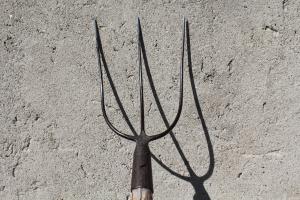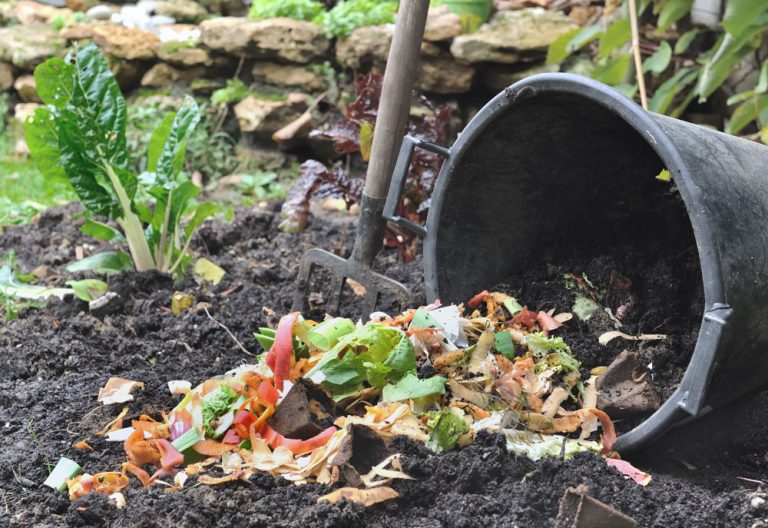CHECK FOR READINESS
Before you begin using compost, be sure it is ready to be useful to your plants. Composted material takes at least four months to break down into nutrient-rich humus, so check your calendar to make sure you’ve given it adequate time.


You can test the acidity of the compost with a pH indicator slip (litmus paper). The acid should be near neutral if the compost is ready.
If you didn’t turn the compost with a hayfork, shovel, or another tool, it may not have processed the material enough to be useful. Once a week in warm weather (and once a month in cold) should suffice.
Next, check for the tell-tale signs that compost is ready:
- the earthy smell, not putrid
- consistent temperature after turning (immature compost will heat up)
- the dark color and crumbly texture
If any of these problems are present, it’s time to go back to the drawing board to perfect your process. Click here for an easy guide to troubleshooting the compost. Take your time, good compost is worth the effort!
Once you’ve determined that your compost is ripe for use, you can use this powerful, natural substance to give your plants and vegetables a nutritional boost.
Start by sifting and sorting the compost. Shovel the compost onto a mesh and sift out the finer material for use in soil.
Use the chunkier material that does not make it through the mesh as a top layer of mulch to retain moisture.
- If you’re using it to plant a lawn or garden, mix about two inches of compost into the top six inches of soil.
- For lawn and garden maintenance, sprinkle the area with ¼ to ½ inch of fine compost and then water it.
- Mix compost with equal parts sand and topsoil to control fungus in planters and gardens.
ADDITIONAL COMPOSTING RESOURCES
For more information about composting, check out the following
- Watch this informative video from TCEQ, How to Start Composting in Your Own Backyard


